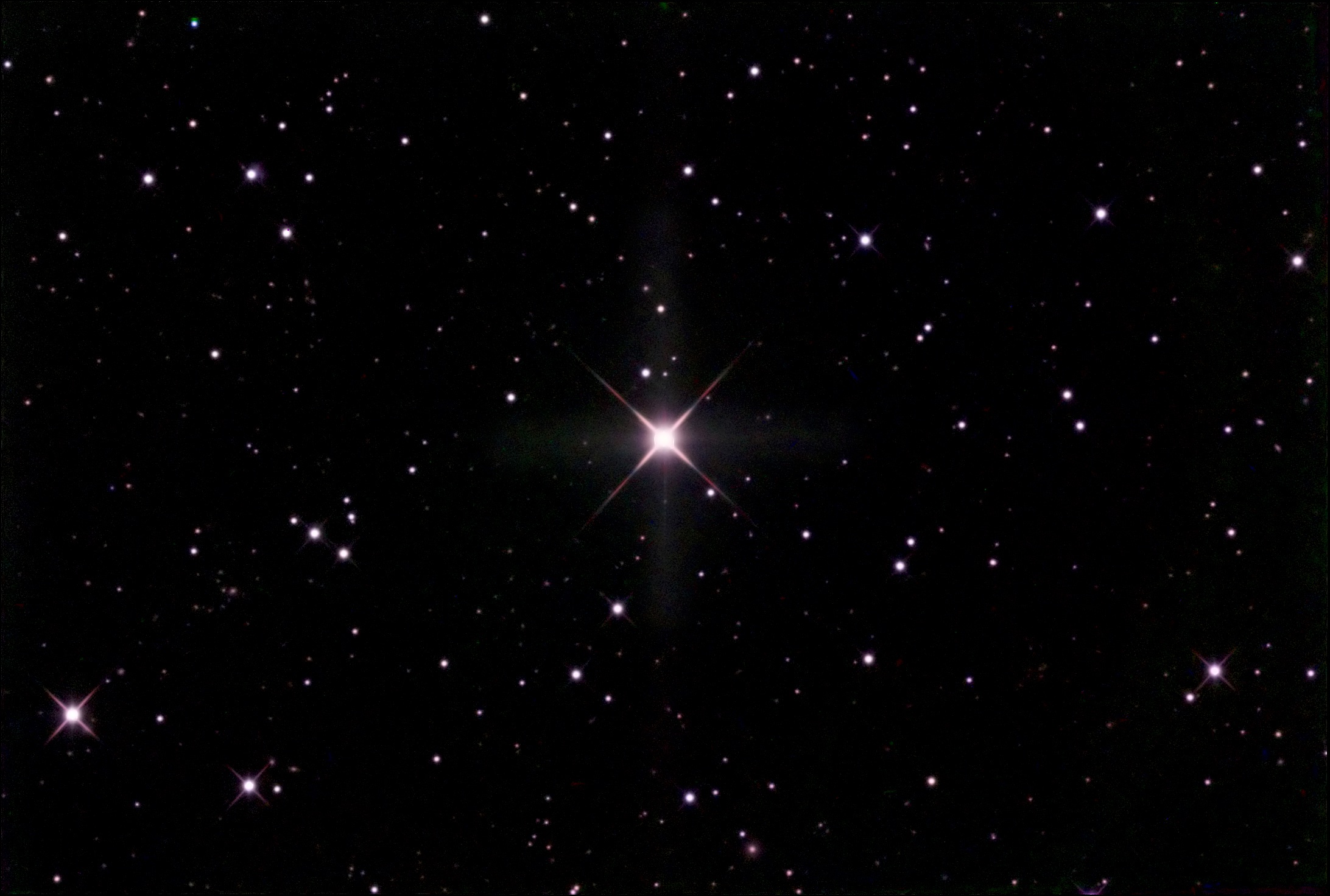
Key Takeaways:
- Lalande 21185 is the fourth-closest star system to our Sun.
- It's a small, cool red dwarf star, much dimmer than our Sun.
- Lalande 21185 has at least two planets orbiting it.
- “Further study showed the planet has a mass equal to about three Earths.” said [No last name provided in the text]
French astronomer Jérôme Lalande, working at the Paris Observatory, first cataloged the star that would be known as Lalande 21185 in 1801, in Histoire céleste française. The name/number association came about in 1847 when English astronomer Francis Baily (of Baily’s beads fame) listed the catalog’s stars in numerical order.
To find it, point your binoculars or telescope 41/2° northwest of Alula Borealis (Nu [ν] Ursae Majoris). Don’t expect to see more than a magnitude 7.5 point of light with a slight orange hue. That said, Lalande 21185 is the brightest red dwarf in the northern half of the sky.
Its current distance of 8.3 light-years ranks it as the fourth-closest star system to our own. Due to its motion through space combined with our Sun’s, it will be closest to us in 20,000 years. At that time, Lalande 21185 will lie only 4.65 light-years away.
As you’d expect for a red dwarf, Lalande 21185 is a tiny star. Its diameter and mass are only 39 percent that of our Sun’s. Most of its energy is emitted as infrared radiation (heat), so its brightness is only 1/200 that of the Sun. And as a spectral type M red dwarf, its surface temperature — 5,930 degrees Fahrenheit (3,280 degrees Celsius) — is much less than the Sun’s 9,930 F (5,500 C).
In 2017, a team of astronomers at the Keck Observatory in Hawaii announced the discovery of an exoplanet with a period just under 10 days. That number has since been upgraded to 12.95 days and was confirmed by observations from the Calar Alto Observatory in Spain in 2020. Further study showed the planet has a mass equal to about three Earths.
A second exoplanet in the system was confirmed in 2021 with a period of around eight years.









